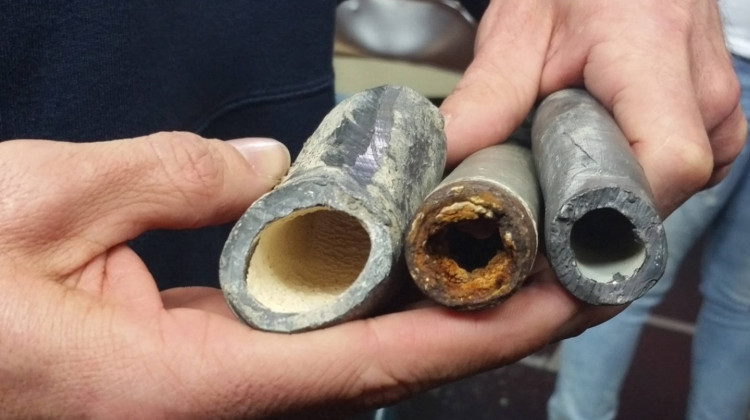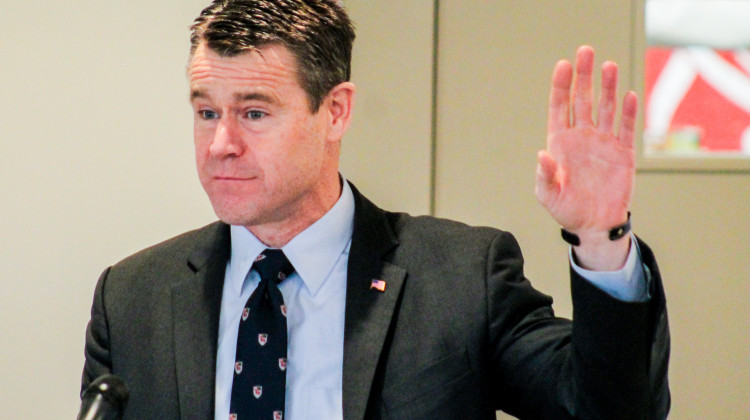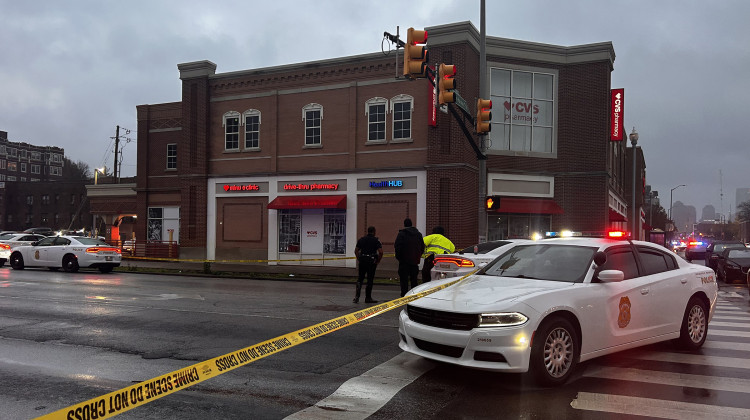A group of federal officials participated in a public forum Thursday night to discuss unsafe levels of lead permeating communities across Indiana, and assistance available to address the problem.
Representatives of several federal agencies, including the U.S. Government Accountability Office and the Environmental Protection Agency, joined Marion County Public Health Department Director Dr. Virginia Caine to talk about the issue during the virtual event.
The call for environmental justice came with an explanation about the role of federal agencies in Indianapolis and across the state to reduce and eliminate the hazard.
Diane Raynes, assistant director of natural resources and environment with the GAO spoke about the first hurdle.
“The challenge that many water systems face, which is trying to identify the risk of having lead service lines,” Raynes said.
More than half of Marion County schools tested positive for lead in water supplies in 2018. Children are especially vulnerable to lead. The Centers for Disease Control and Prevention says exposure can cause brain and nervous system damage -- leading to developmental delays, learning difficulties, and behavioral issues.
Director of Natural Resources and Environment with the GAO, Alfredo Gomez said policy should be focused on helping the youngest.
“Lead is a neurotoxin and it is particularly bad for infants and children,” he said.
The group talked about ways systems can address the issues, including federal or state grants to help with testing and remediation.
Caine asked about what the agencies are doing to avoid another situation like what happened in East Chicago, where more than 1,000 people were forced from the West Calumet Housing Complex in 2016 after tests found high blood-lead levels in some children and some yards had over 70 times the U.S. safety standard for lead.
Carlton Waterhouse is the deputy assistant administrator for land and emergency management with the EPA.
“One of the things we’re doing is focusing on the health of communities living in or near Superfund sites,” Waterhouse said.
A 2008 GAO report also recommended that EPA’s enforcement office improve the accuracy and transparency of measures used to report on program effectiveness.
The Greater Indianapolis Branch of the NAACP in partnership with The Indianapolis Recorder newspaper, the Hoosier Environmental Council, the IUPUI Arts and Humanities Institute and New America partnered for the program.
 DONATE
DONATE







 Support WFYI. We can't do it without you.
Support WFYI. We can't do it without you.